The year was 1959. Britain was on the cusp of change: the British Motor Corporation had just launched the Mini, destined to become a motoring icon, while Cyprus gained independence from British rule. Closer to home, tragedy struck Farnham when racing driver Mike Hawthorn was killed in a road crash near Guildford.
In the midst of all this, a group of young men in Farnham were quietly shaping their own legacy. Sixty-six years later, their organisation, the Farnham Hedgehogs, is still going strong. And one man, Vice President Maurice Hewins, has been there from the very beginning.
Maurice remains a living archive of the Hedgehogs’ many memories. He recalls how it all began in the days of Teddy Boys, skiffle bands and a youth group called Young Farnham, under the leadership of Peter Watts.
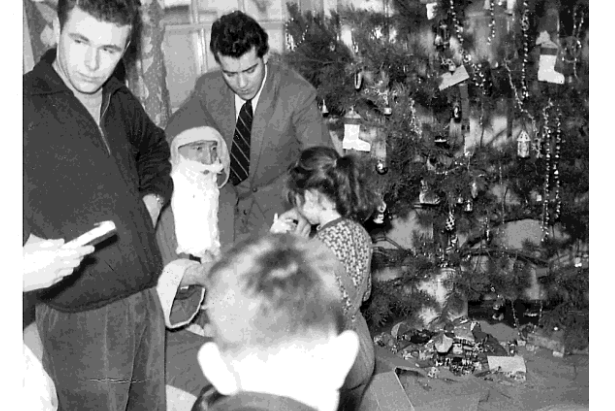
In 1956 Farnham Urban District Council made premises available for a youth group in the outbuildings and coach house at Brightwells house, which was later demolished to make way for the Redgrave Theatre.
Peter Watts was told to get on with it as best he could. The first job was to empty the top floor of junk, which included many items collected by Charles Borelli for a new Farnham Museum.
“I confess that a few interesting artefacts were rescued from the skip by some of us. I eventually gave some back to Ashton Booth when the town finally got the museum in Wilmer House,” recalled Maurice.
“Peter Watts was an exceptional leader. He had the few Teddy Boys who turned up eating out of his hand. It was here that the lads who were to form the Hedgehogs first bonded.”
As Maurice explained, one could only be a youth club member up to a certain age, and Watts began hinting it was time to move on. “It was in the saloon bar of the Marlborough Head that the idea surfaced to form our own club.”
The first meeting was on June 23, 1959, in the dining room of the Marlborough Head, with 10 members present. John Appi, the landlord, was the first president. The question then arose: what should they call the new group?
“We were keen jazz fans and regularly went to Guildford, to see the likes of Ken Colyer and Kenny Ball. On the Thursday before our inaugural meeting, the band was led by Acker Bilk. At the end, Acker warned us not to get squashed on the road home like a lot of drunken hedgehogs.
“Thus, on the coach home, the name ‘The Hedgehogs’ was born.”
A monthly subscription of five shillings — about 60 pence, roughly the price of a pint of beer — was set. With a new constitution, the fledgling club agreed on its first objective: “The assistance of such worthy causes as shall be deemed appropriate.”
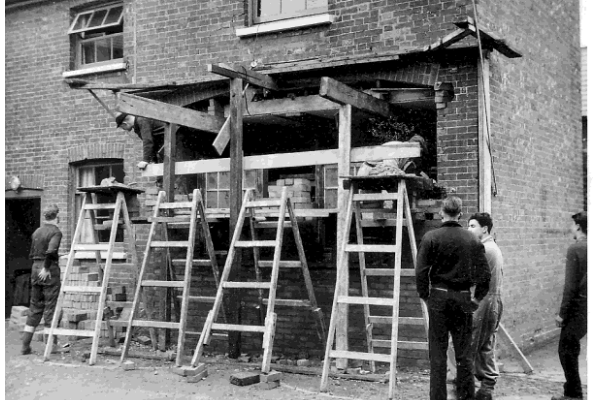
“Our first worthy cause was Young Farnham,” Maurice said. “On July 18, 1959, two teams went out to publicise Farnham’s first Donkey Races. One lot in fancy dress leafleted shoppers, while others mounted a climbing assault on Castle Hill, with four strategic camps around the town. The following week Hedgehogs ran the tote and acted as marshals at the races.”
In their first year, money went to the National Library for the Blind, the Invalid Tricycle Association and Little Pond House, and a children’s convalescent home.
The following year, Farnham joined the United Nations in marking World Refugee Year. “The Hedgehogs were involved in a large event in Gostrey Meadow where we organised a tug-of-war across the river with teams from pubs, clubs and the taking part.
“The Hedgehogs also entered in the revived Farnham Carnival that week, the float being a pub on the back of a lorry.”
Their relationship with the Marlborough lasted more than four years, after Les Finbow became landlord in 1962. “We even had our own football team ‘Athletico Marlborough’. Somehow charity work was much more fun in those days.”
From those early pub meetings to today’s fundraising events, the Hedgehogs have stayed true to their founding purpose. What began as a handful of friends in 1959 has grown into an enduring organisation, still woven into the life of Farnham.
A longer version of Maurice’s account first appeared in Farnham and District Museum Society Journal, March 2018.
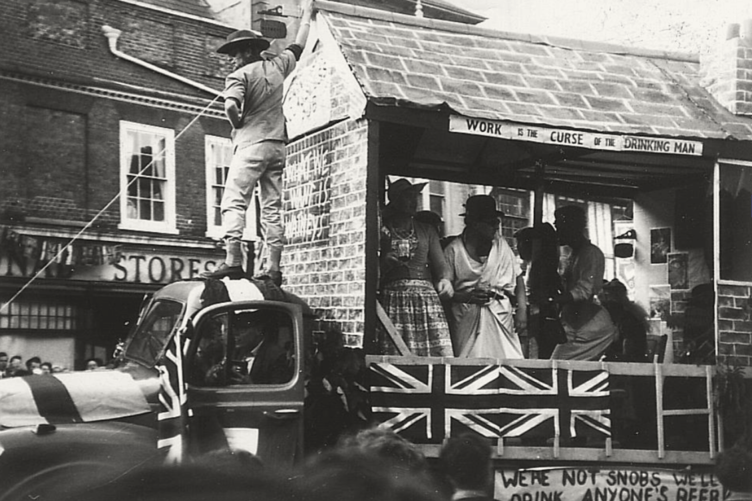
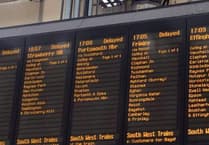
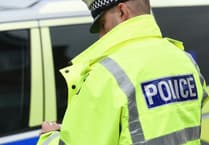
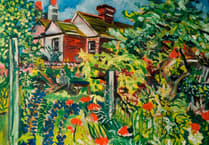
-EHA-Chair-Shirley-Hawley-shift-manager-Jorge-Rojas.JPG?width=209&height=140&crop=209:145,smart&quality=75)
Comments
This article has no comments yet. Be the first to leave a comment.